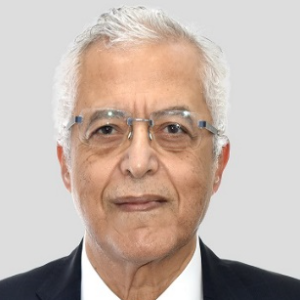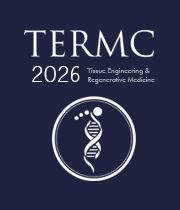Cutting-Edge Technologies in Tissue Engineering
Disruptive innovations are accelerating capabilities in scaffold design, cellular manipulation, and bioprocessing. Cuting-edge technologies in tissue engineering showcase breakthroughs such as 4D bioprinting, nanorobotics, bioelectronic scaffolds, and organ-on-a-chip systems. These tools offer high precision and adaptability in constructing functional tissues that closely mimic native structures. Advanced imaging, real-time biosensors, and AI-enhanced modeling allow researchers to monitor growth, differentiation, and integration with unprecedented resolution. Cuting-edge technologies in tissue engineering are redefining the limits of what's possible in regenerative medicine—expanding applications from organ repair to drug discovery and personalized therapy development. Their continued evolution ensures faster, more efficient, and patient-tailored outcomes in complex clinical settings.

Nagy Habib
Imperial College London, United Kingdom
Lucie Bacakova
Institute of Physiology of the Czech Academy of Sciences, Czech Republic



Title : AI-integrated high-throughput tissue-chip for space-based biomanufacturing applications
Kunal Mitra, Florida Tech, United States
Title : Stem cell technologies to integrate biodesign related tissue engineering within the frame of cell based regenerative medicine: towards the preventive therapeutic and rehabilitative resources and benefits
Sergey Suchkov, N.D. Zelinskii Institute for Organic Chemistry of the Russian Academy of Sciences, Russian Federation
Title : In vitro evaluation of lyophilized Dedifferentiated Fat cells (DFAT) impregnated artificial dermis
Kazutaka Soejima, Nihon University, School of Medicine, Japan
Title :
Nagy Habib, Imperial College London, United Kingdom
Title :
Alexander Seifalian, Nanotechnology & Regenerative Medicine Commercialisation Centre, United Kingdom
Title : The regenerative medicine of the future
Marco Polettini, DVM, Italy